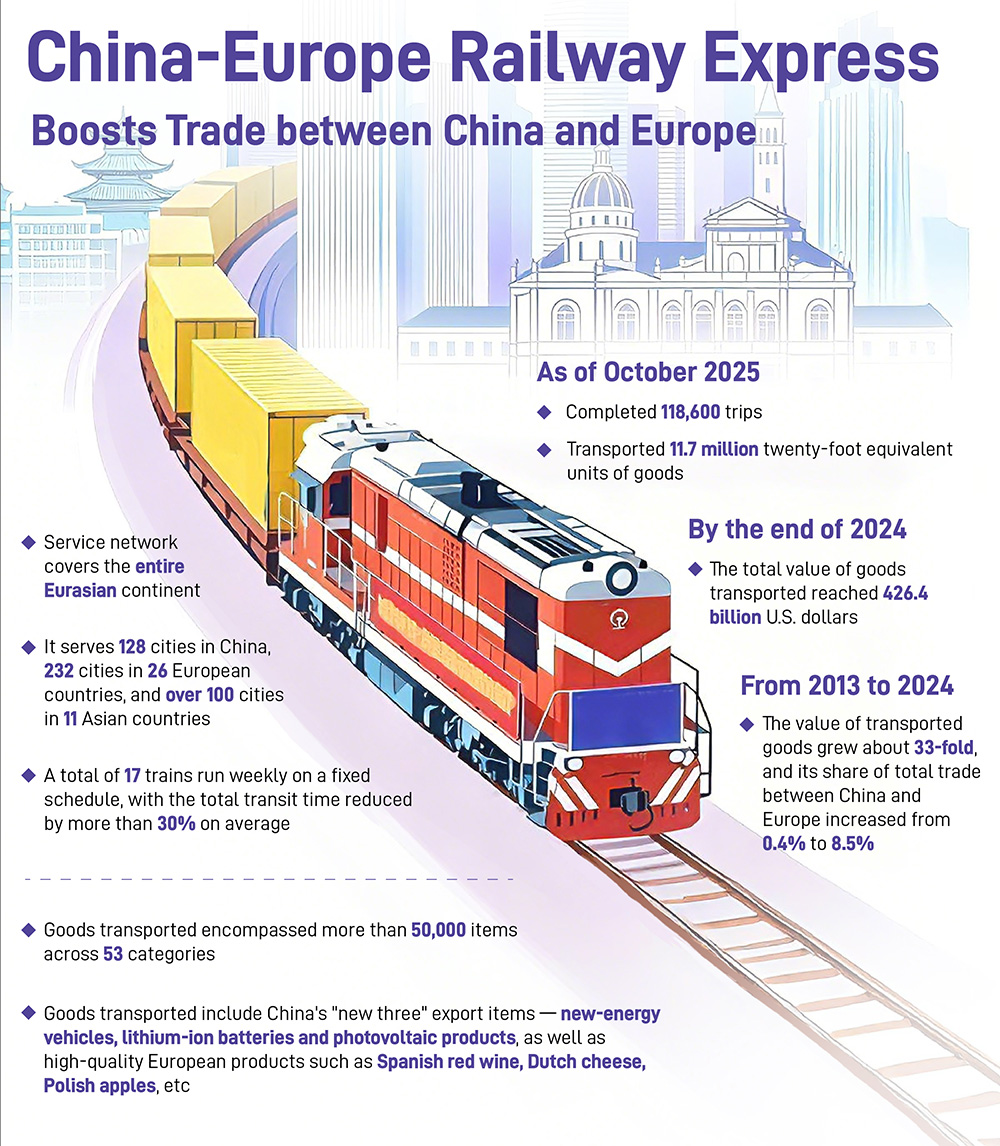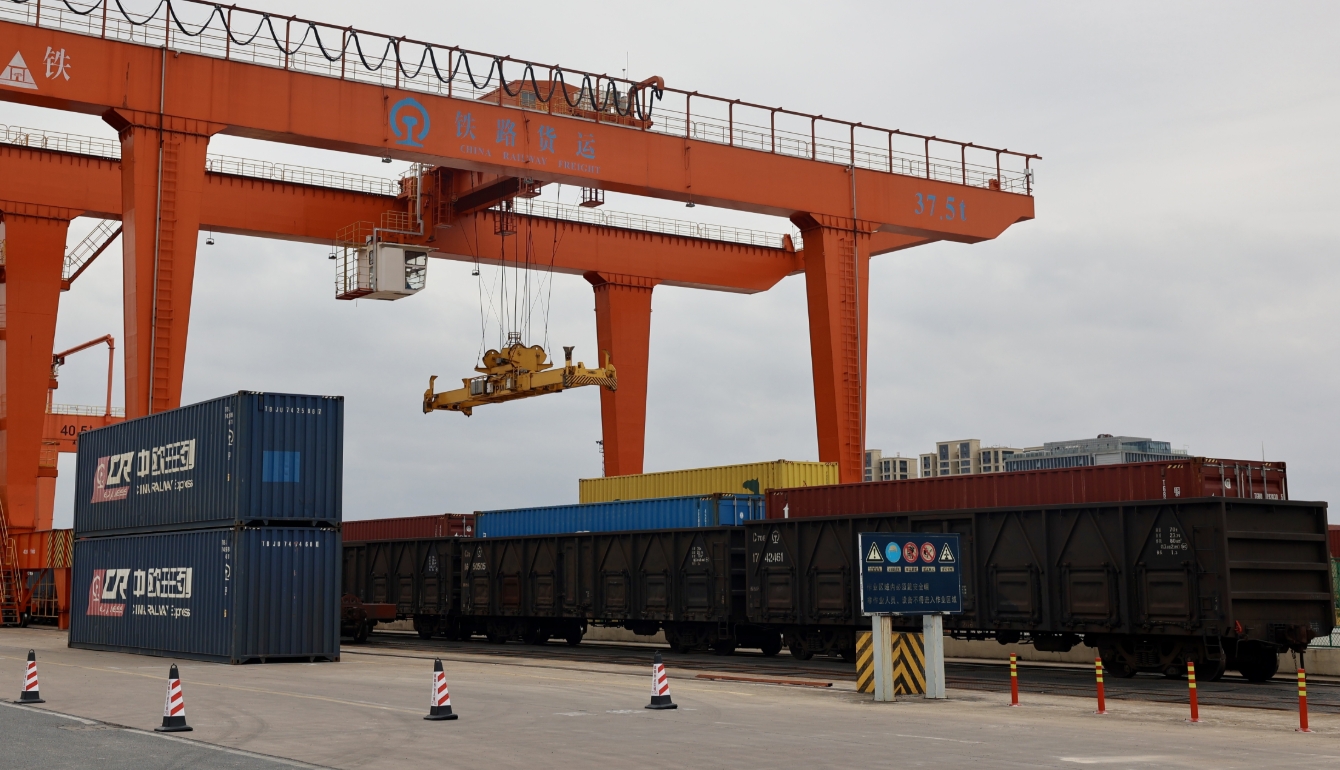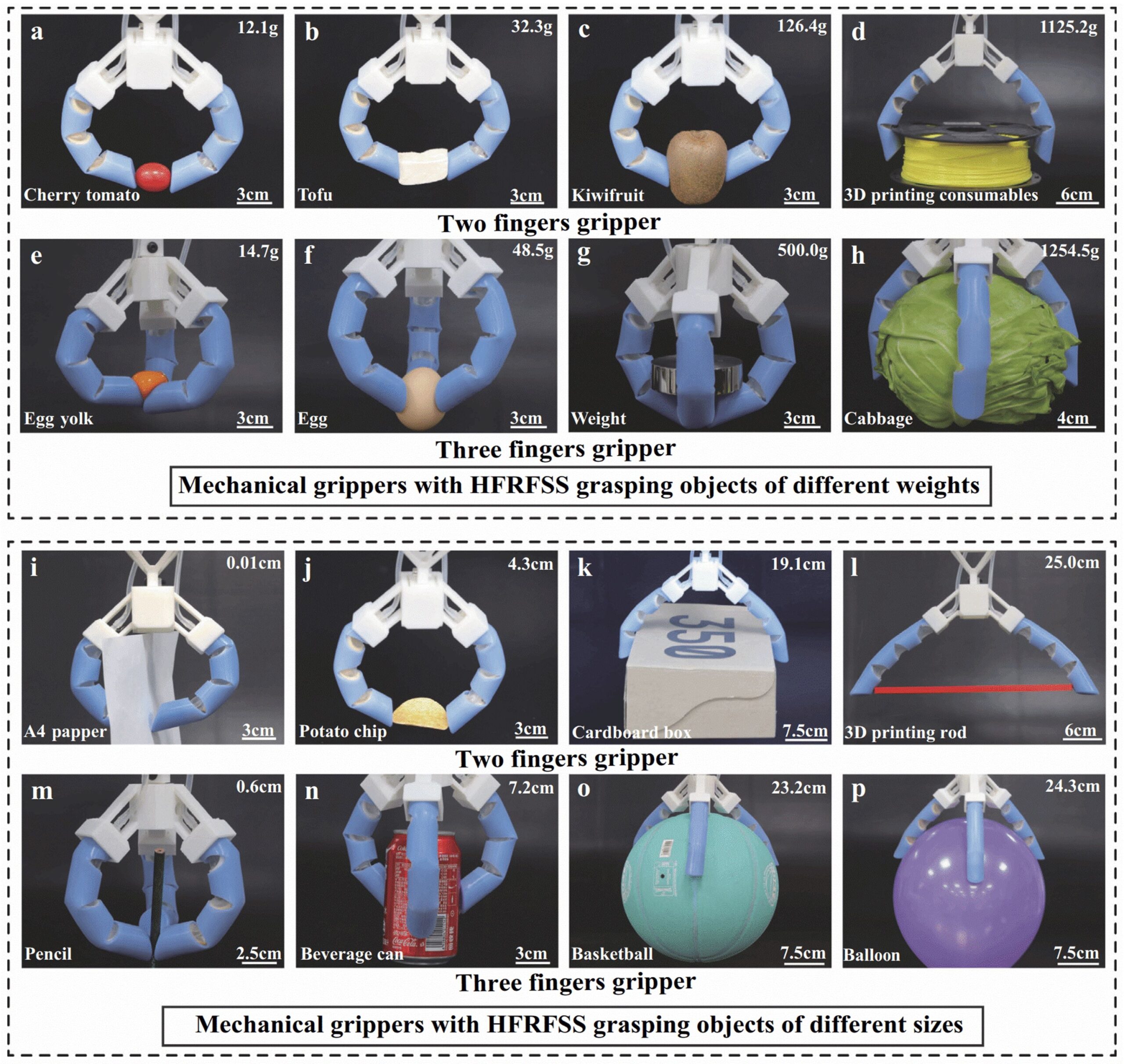
The China-Europe Railway Express has brought new opportunities for economic and trade cooperation along the route both in China and Europe.
On November 18th, a full-time scheduled China-Europe Railway Express departed from Zhengzhou, Henan Province, bound for Hamburg, Germany. This is the first full-time scheduled China-Europe Railway Express in China directly heading to Hamburg.
The entire journey takes about 300 hours, 30% shorter than ordinary China-Europe Railway Express services. The train is expected to arrive in Hamburg on November 30th. The train is fully loaded with mechanical equipment, household appliances, garments, molds and other goods.
On the same day, the 2nd China-Europe Railway Express Cooperation Forum kicked off in Xi’an, Shaanxi Province. At the forum, China State Railway released the 4th batch of scheduled timetables for the China-Europe Railway Express, adding 7 new routes. So far, the number of full-time scheduled China-Europe Railway Express has reached 17, including Zhengzhou to Hamburg. The full train fleet has increased to over 1,000 trains, covering 9 cities in China and 6 cities in Europe.
According to reports, the China-Europe Railway Express has always maintained safe, stable and smooth operation. And it has pioneered a new pattern of international transportation between Asia and Europe, and built a new platform for economic and trade cooperation along the route.
New Opportunities for Economic and Trade Cooperation
As of October 2025, the China-Europe Railway Express has operated a total of 118,600 trains and transported 11.7 million TEUs of goods. Its logistics service network has covered the entire Eurasia. The categories of goods transported have expanded to 53 categories and more than 50,000 items.
China’s “new three” export items — new-energy vehicles, lithium-ion batteries and photovoltaic products have become the main export commodities from China. Goods transported from Europe include Spanish red wine, Dutch cheese, Polish apples, etc.
An increasing number of people in Europe are purchasing Chinese goods through e-commerce platforms. Smart home appliances and daily necessities are popular goods transported by the China-Europe Railway Express.
The China-Europe Railway Express has brought new opportunities for economic and trade cooperation along the route. Malaszewicze, a border town in Poland, has become an important logistics hub of the Europe. And Duisburg in Germany has transformed from a traditional industrial city into a major logistics hub in Europe. Madrid in Spain has further consolidated its position as Europe’s largest small commodity distribution center. Qingbaijiang in Chengdu has regained new vitality, exploring a new path for old industrial city transformation.
Written by Sha Liu, picture designed by Di Wang, additional reporting and data from CNS and Xinhua.
If you liked this article, why not read: From Zhoushan to Felixstowe, First China-Europe Arctic Express Launches











